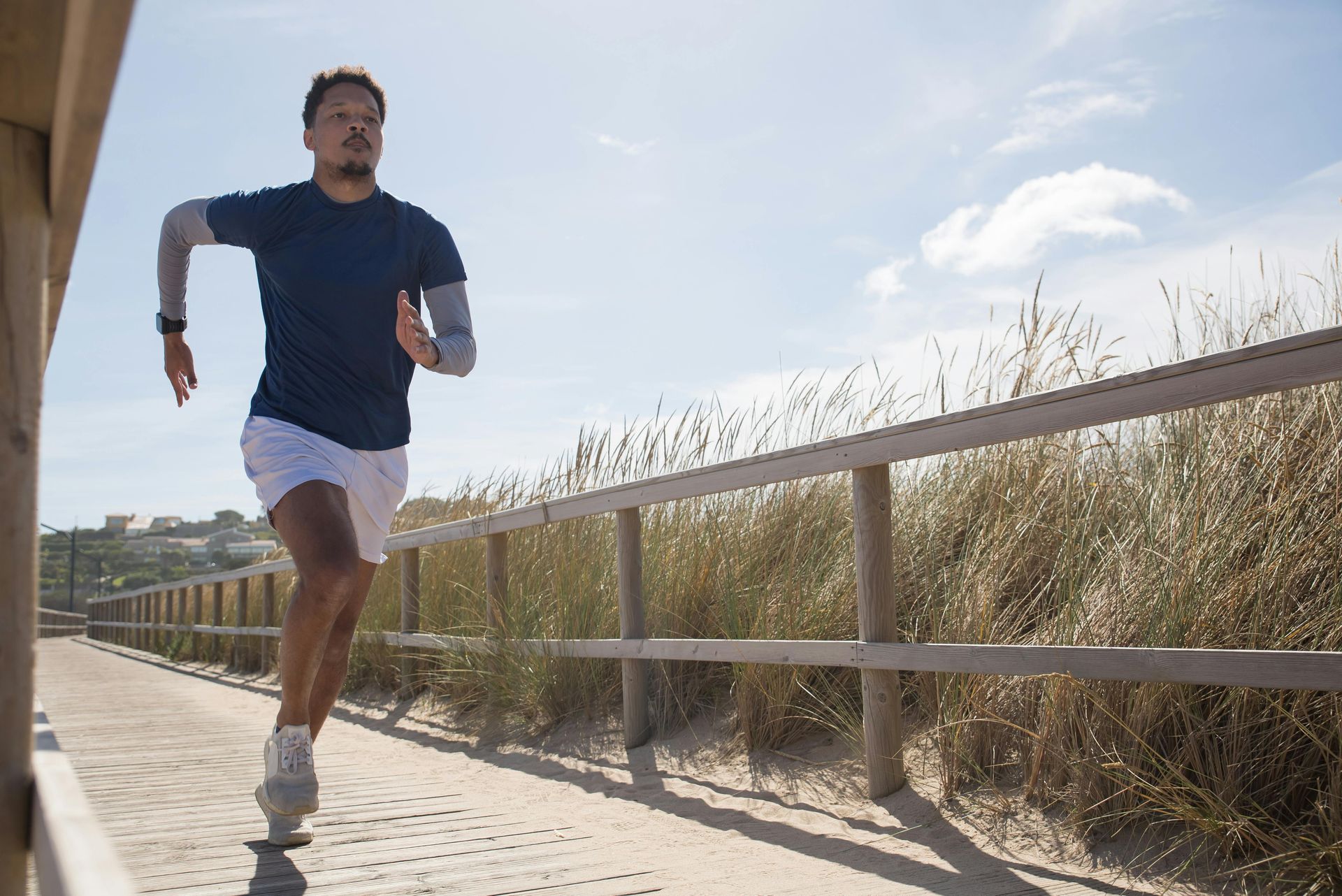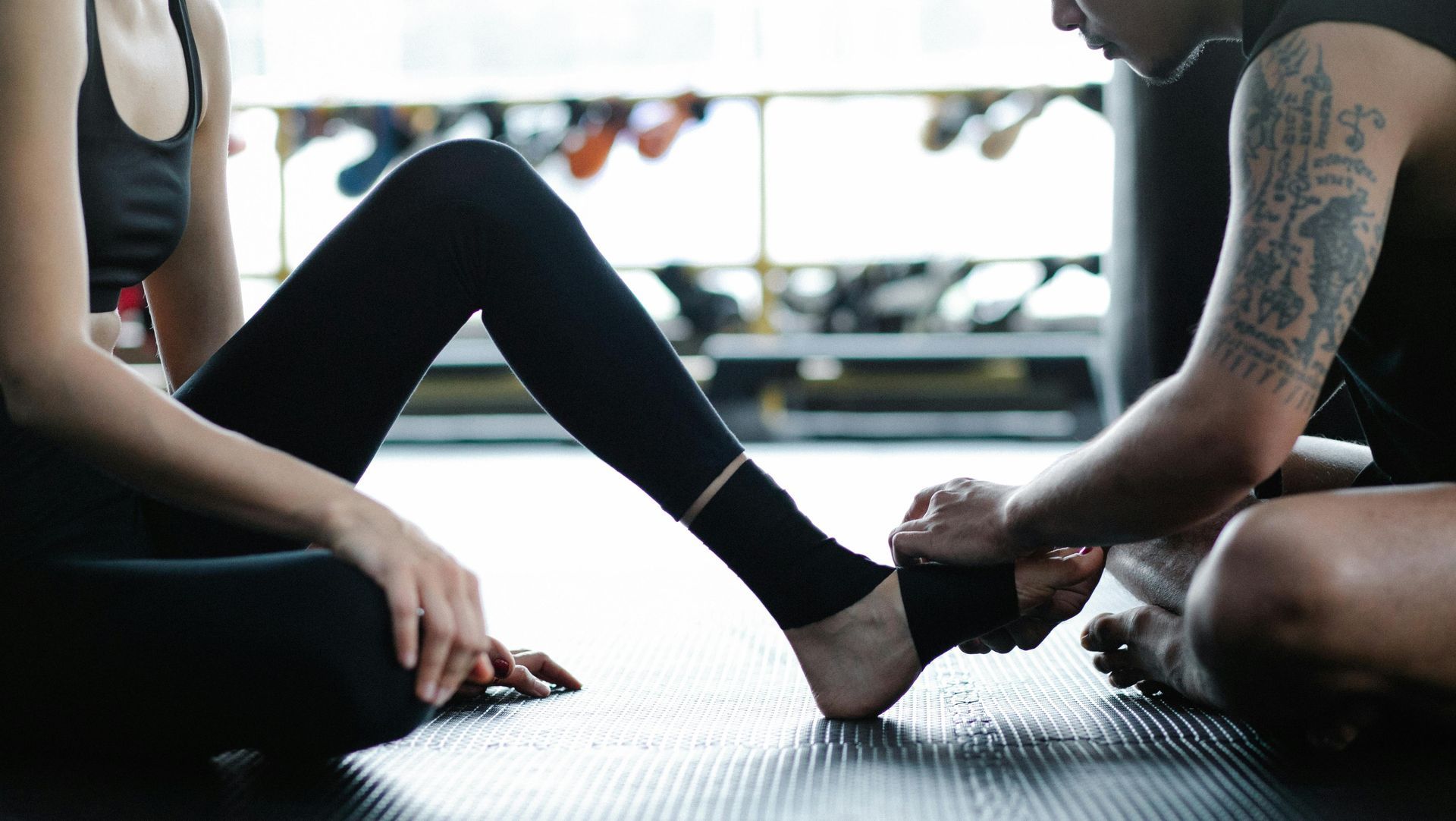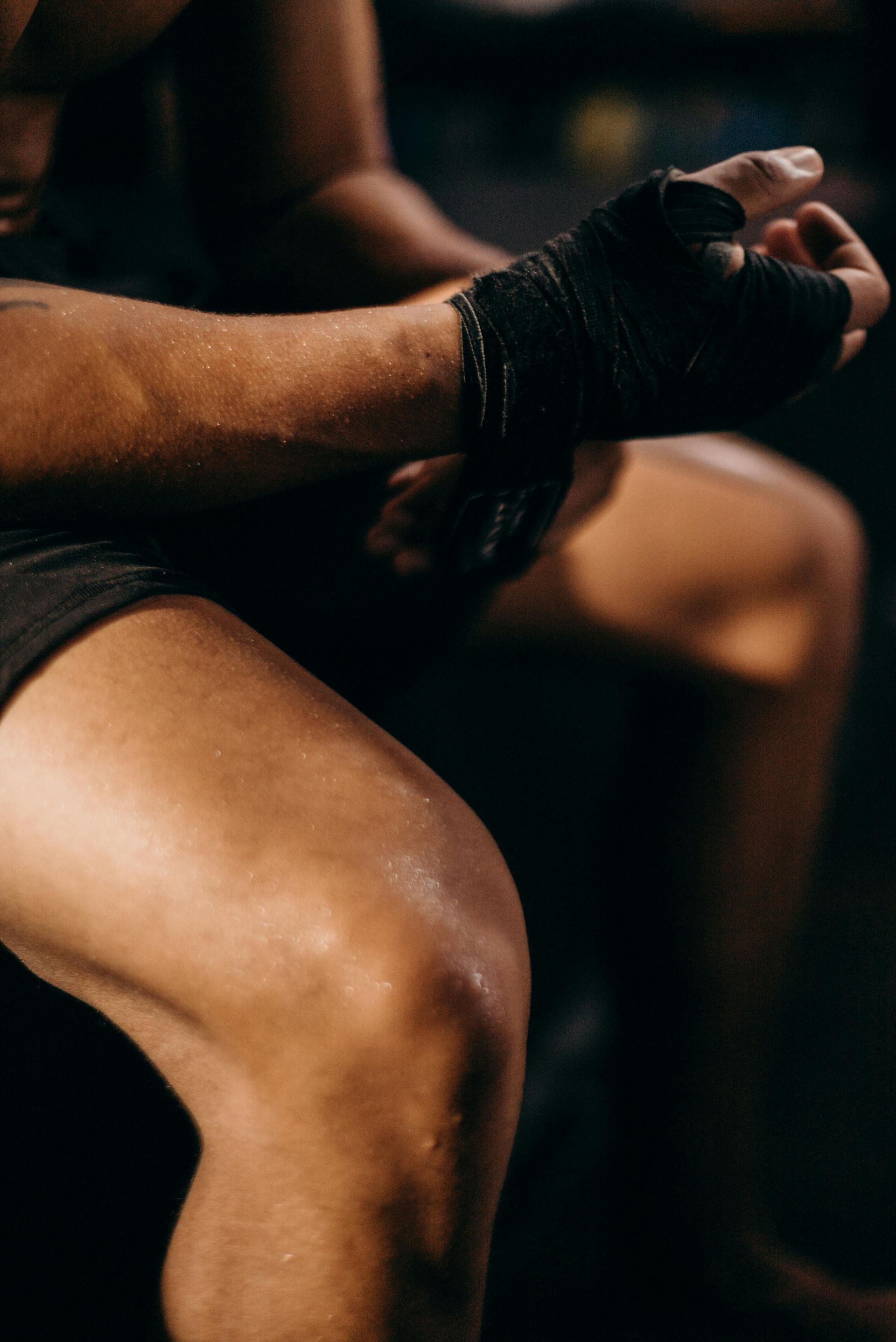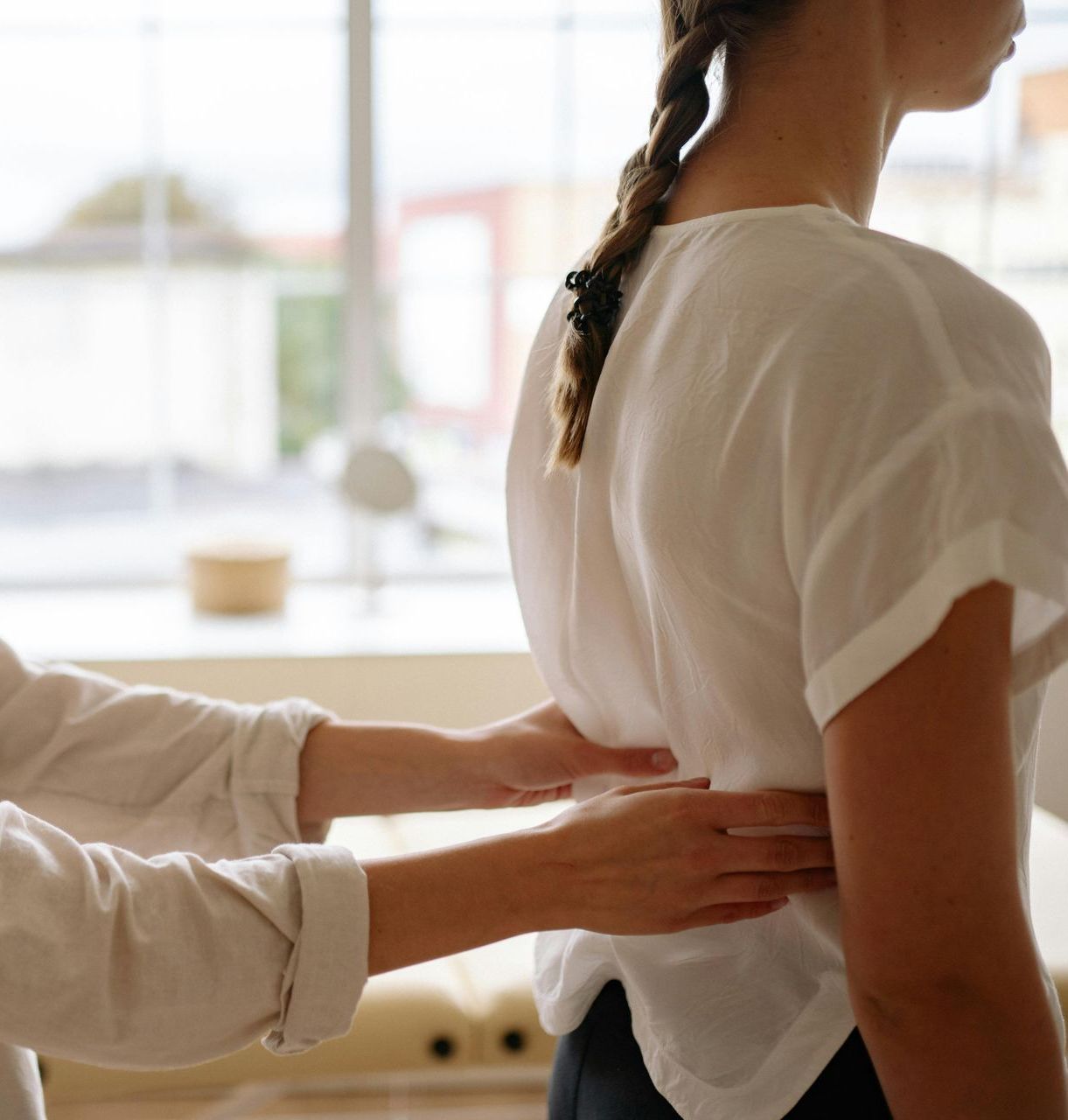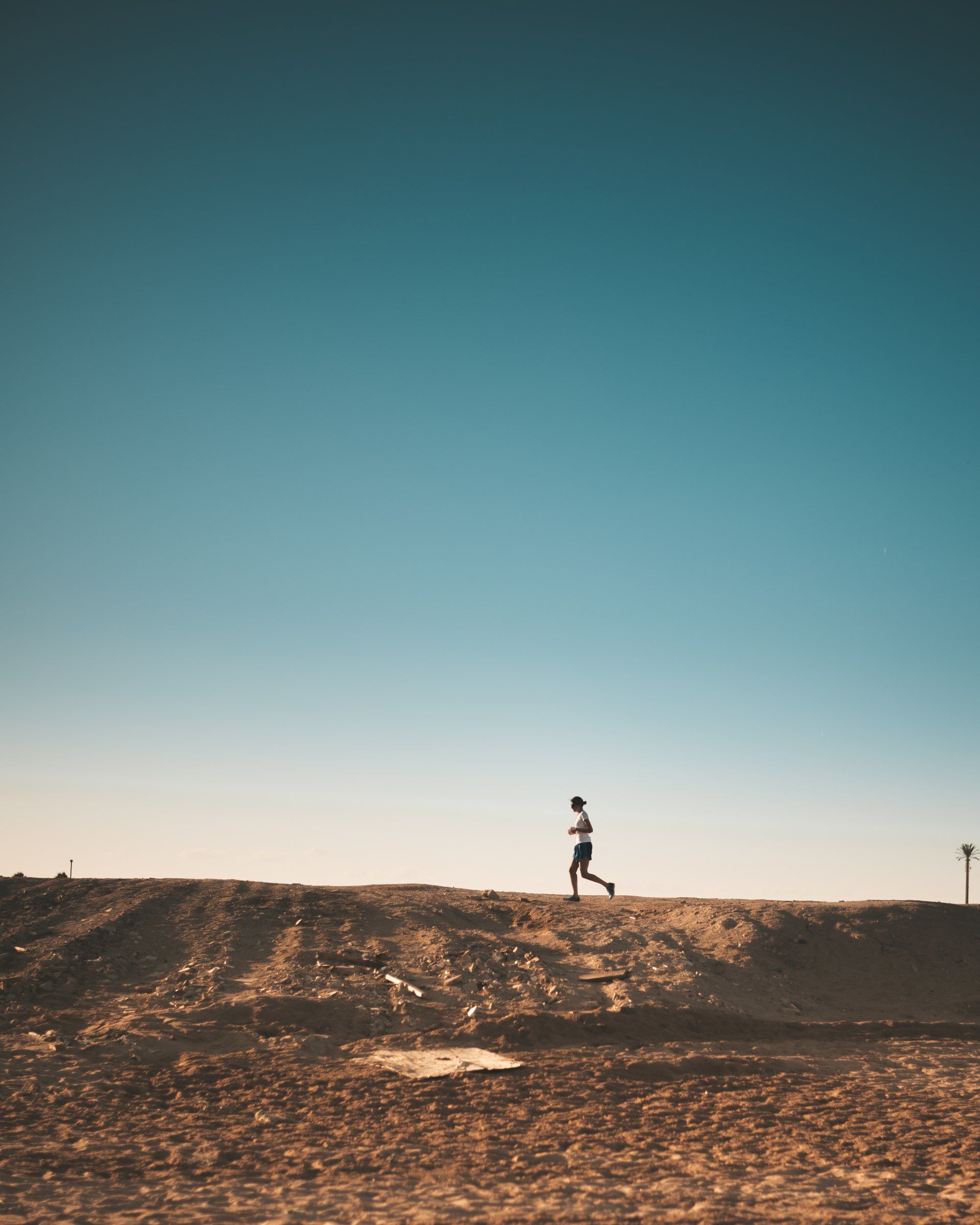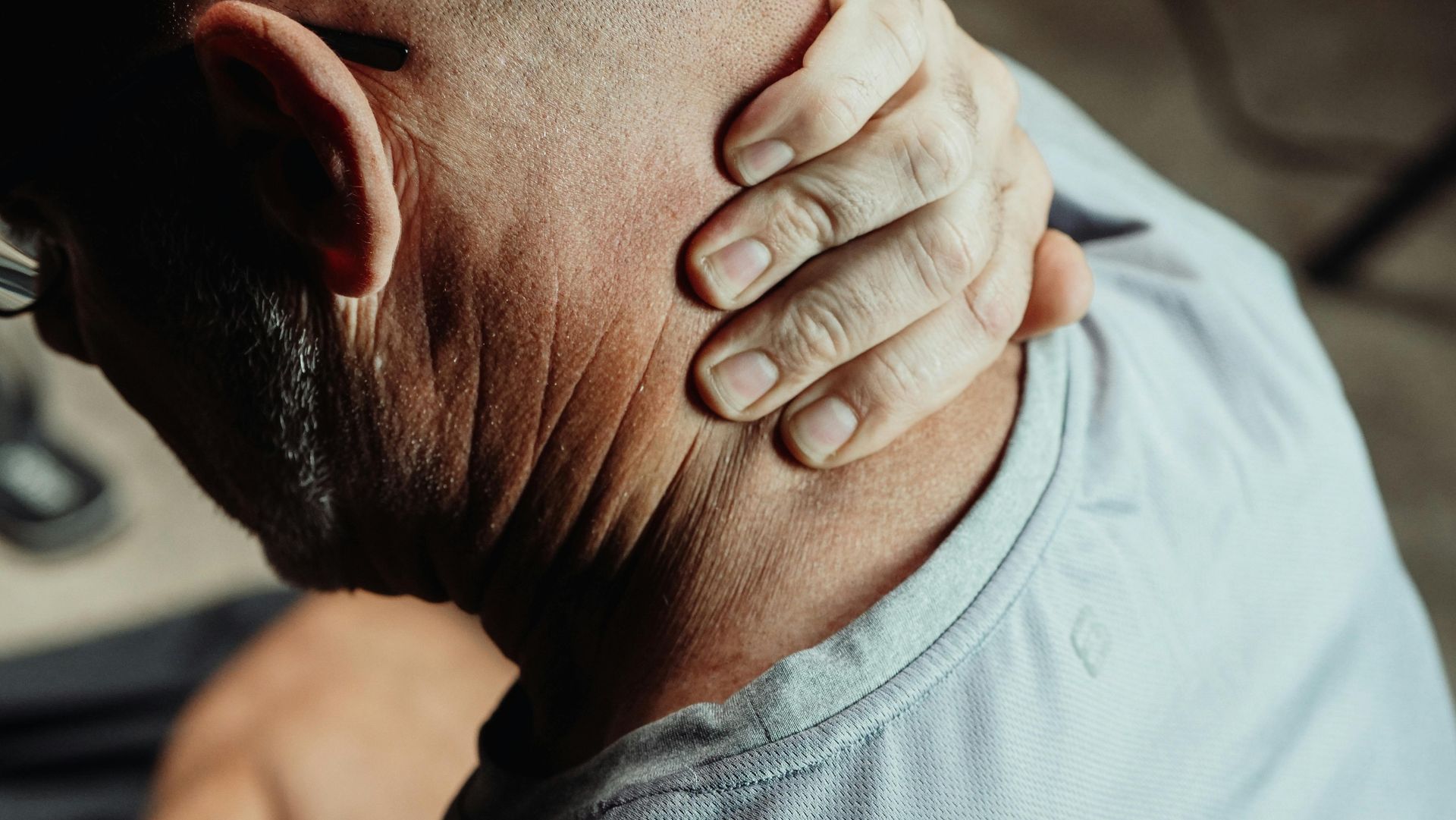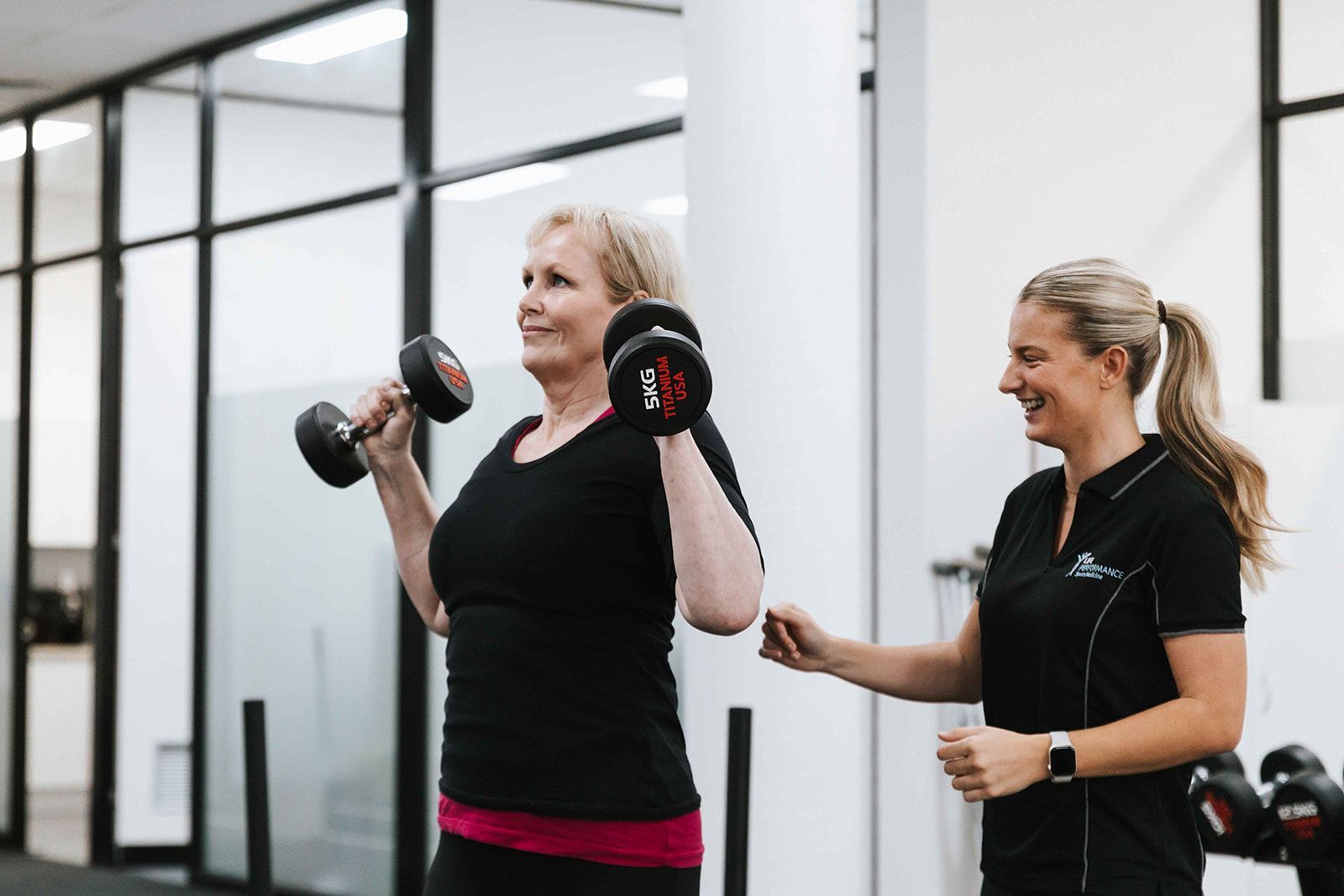6 Truths About Concussion Every Parent Should Know
As another sports season kicks off, so does the conversation around concussion. While not every head knock leads to a concussion, recognising and removing players when in doubt is crucial.
‘If in doubt, rule them out.’
Most discussions on concussion focus on recognising symptoms, but what happens after a concussion diagnosis? Here are six key facts parents need to know about managing concussion recovery.
1. Not All Concussions Get Better in 3 Weeks
While most concussions resolve within the standard recovery time, some linger beyond three weeks. Players with ongoing symptoms need medical and physiotherapy support to safely return to sport. Ignoring persistent symptoms can lead to prolonged recovery and increased risk of further injury
2. Rest Alone Isn’t Enough
Concussion is more than just a brain injury—it can also involve the neck, inner ear, and visual system. Each of these can contribute to dizziness, headaches, and balance issues.
Recovery should be structured and progressive, just like
rehabbing an ankle sprain:
✅ Initial rest →
✅ Address symptoms (e.g., vision, balance, neck mobility) →
✅ Gradually reintroduce physical and mental activity →
✅ Full return to play
when cleared by a professional
A one-size-fits-all "just rest for a few weeks" approach isn’t enough—expert guidance is key.
3. The Best Predictor of Future Concussion? A Past Concussion
If your child has had a concussion before, they’re at a higher risk of another one. That’s why proper rehab and return-to-play protocols are critical in reducing risk and ensuring full recovery.
4. Concussions Don’t Show Up on Scans
An MRI or CT scan won’t diagnose a concussion—these scans only detect structural damage, like a skull fracture or bleeding. Concussions are a functional injury to the brain, meaning symptoms occur without visible damage on imaging. Instead, clinicians use assessment tools like the SCAT (Sports Concussion Assessment Tool) to monitor recovery.
5. Helmets Don’t Prevent Concussion
While helmets protect against skull fractures, they do NOT prevent concussions. Why? Because concussion happens when the brain moves inside the skull—a helmet can’t stop that.
In fact, in some cases, helmets can even increase impact forces, leading to more "brain rattling." So while helmets have important safety roles (like preventing cuts and fractures), they won’t reduce the risk of concussion.
(Yes, even Caleb Daniel’s helmet doesn’t help here!)
6. Want a Reliable Concussion Resource? Use HeadCheck
For parents and coaches looking for accurate concussion information, the HeadCheck app is a fantastic resource. It helps track symptoms, assess recovery, and guide return-to-play decisions.
👉 Check it out: www.headcheck.com.au
Join Us for ‘Head Start: Your Guide to Concussion Recovery & Performance’
Want to learn exactly how to manage concussion recovery and optimise return to sport? Join us on May 7th for our expert-led event:
🧠
Head Start: Your Guide to Concussion Recovery & Performance
📅
Date: May 7th
📍
Location: Event Registration Here
✅ Expert insights
✅ Rehab strategies
✅ Q&A with professionals
Spots are limited—register now!
